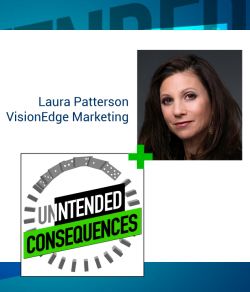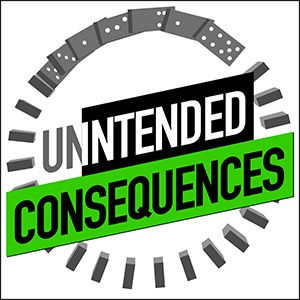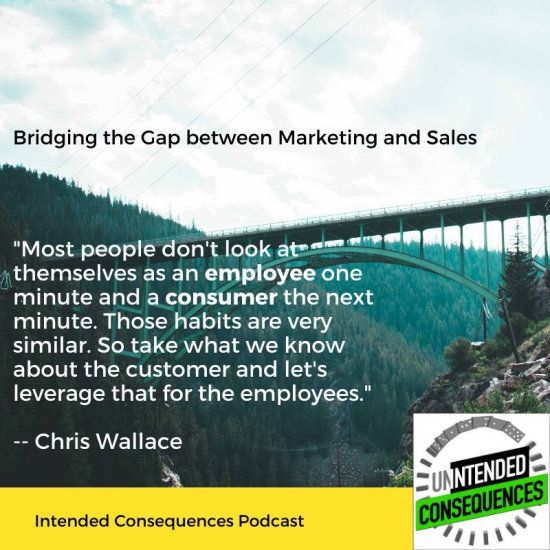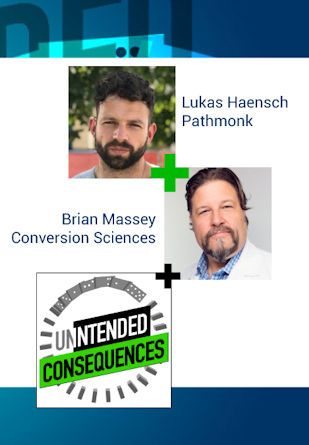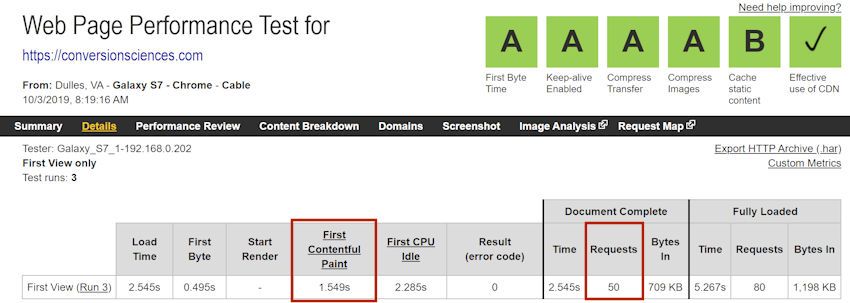How long should your emails be? Do people read long emails? Do short emails convert better? These questions have been debated for a long time. My guest has the data and this is one question she answers for us.
There’s nothing better than getting another shot at a conversion. Sometimes, people aren’t ready to buy. I get that. I’m fine with that.
But I always want another shot. Maybe when the time is better.
Because it took a lot to get that person to the site.
Email makes more website visits valuable
The search engines are getting ever pickier at the kind of content they consider authoritative. You’ve got to work for it.
Social media requires so much time to do right, and most of the activity stays on the social media apps.
Every online advertising source has gotten steadily more expensive, prohibitively expensive. It was Google. Then Facebook. Then “the Gram”. Competition has driven up the cost of each of these in turn.
And what do I have to show for it? A landing page bounce or a full shopping cart left abandoned on one of my digital aisles.
No, I want another shot.
I’ve got a lot of choices when it comes to catching a wayward visitor. Exit overlays, live chat and the BB8 equivalent, chatbots. I can try to get you to agree to push notifications. I can give you a discount in exchange for permission to send you a Facebook message. I can pout, I can cry, I can beg.
But after almost four decades, the best choice is still that quaint old communication medium email.
“So a lot of experts nowadays will tell you that you need to write really short emails because there’s a statistic out there that says that our attention spans are that of a goldfish. I hate that.”
Email is the new email
It’s the original social media platform.
Every year, we hear about the demise of email. And every year email is the new email.
Email still can’t be beat for rich content, for conversations that feel one-to-one, and for getting another shot at a future customer. While everyone was fawning over the sexy new kid, social media, good ole email kept my readers close. Despite these new channels, the money is still in the list. And no algorithm change is going to take your list away from you.
People reply to my emails and tell me a little about themselves. Because they can. And I write back. And it can make my day.
Because that means I’m going to get another shot at making them a customer. Customers are some of my favorite people.
“Only 10.9 percent of e-mail experts send emails with subject lines of 20 characters or less.”
Yes, we may have abused our email privilege, but not by sending too much email. It’s something else.
To explore this, I’ve invited Liz Whillits to join me. Liz is Senior Content Marketing Specialist at AWeber, one of the OG email services. She is a self-proclaimed marketing nerd, and that makes her our kind of crazy.
“46 percent of emails are opened on mobile devices. Most mobile devices will cut off your subject line at somewhere between 30 and 40 characters. So anything over 40 characters is definitely getting cut off for your mobile readers.”
Liz doesn’t think you’re sending too much email, and she’s got the data to prove it. If we’re not sending too much email, then what’s keeping our email from being more productive?
When you get back to the office…
Our inbox has become our task master. If we want to know what’s going on with our team, communicate with our clients and agencies, or handle that return, it’s still done through email.
Email used to be the place we turned when we needed to take a break from creating that report, from polishing that design, or from meeting with the team. It used to be email to which we turned for a distraction.
“If you don’t clean your list, your emails are less likely to reach the inbox. So you could be putting all of this work into your email marketing strategy only to have your emails not reach the inbox.”
Today, the inbox drives our daily to-do list. This is true of veterans like me, as well as the younger members of the Slack generation. This is where it gets its power.
But instead of suggesting that you review your autoresponder, I’d like to invite you to make your everyday emails a little more personal. Add a bit of wit when you acknowledge receipt of that spreadsheet. Drop a meme to that terse, business-like reply you’ve just banged out.
Do something… anything that will make your coworkers glad to get email from you. In the long run, I think this will change the way you write for your prospects and clients.
I’m going to start doing this today.
Now, go science something with that personal flair.
How Long Should you Emails Be Show Notes
Read the Interview with Liz Willits
Double-click on the text to listen.


